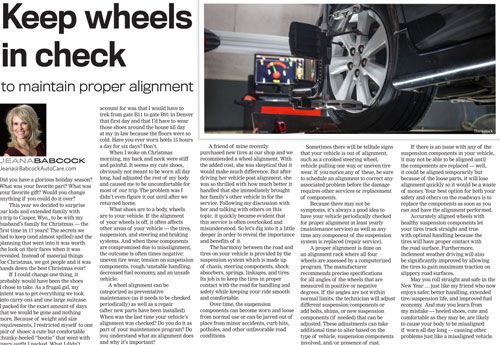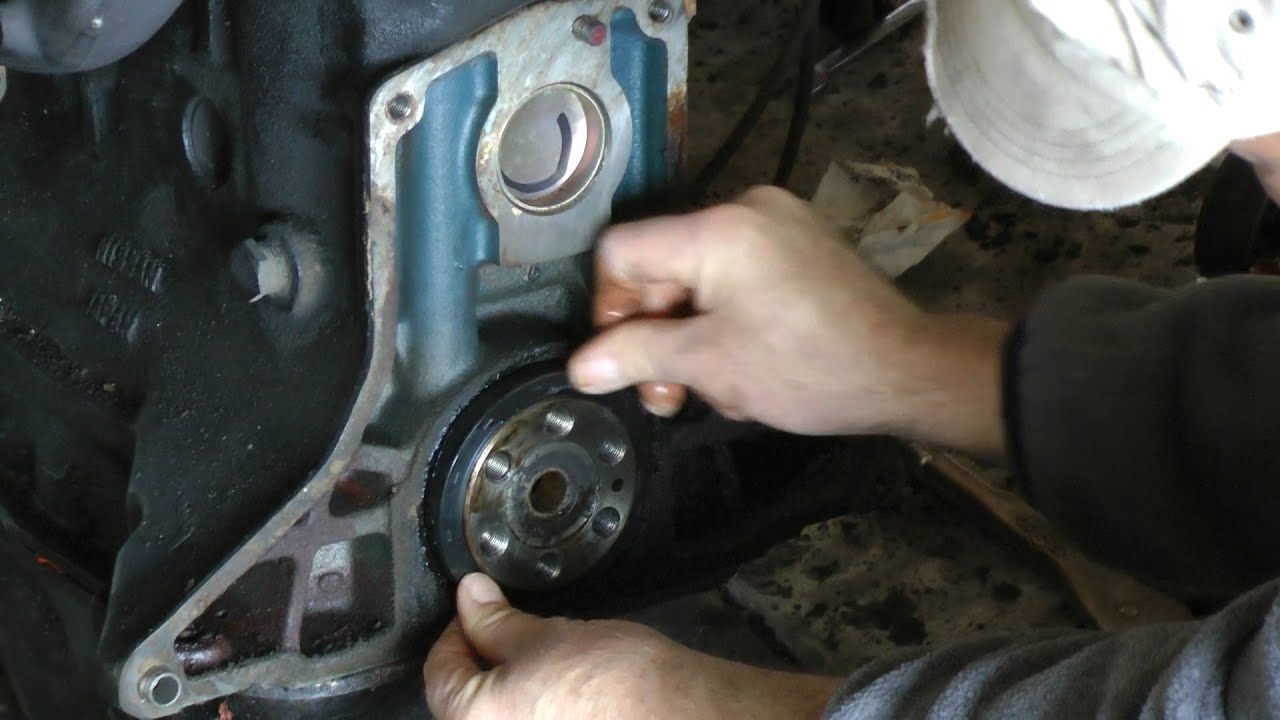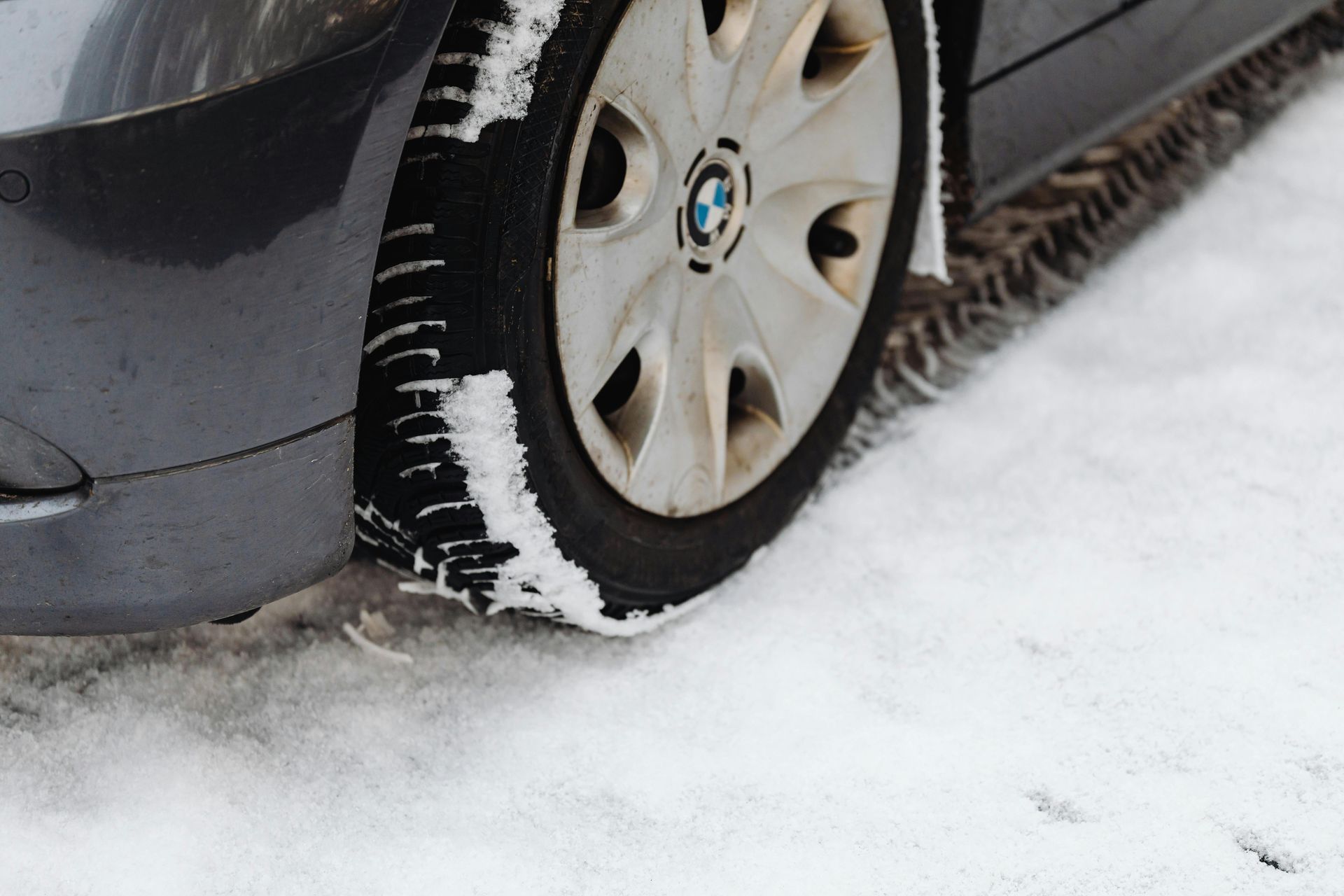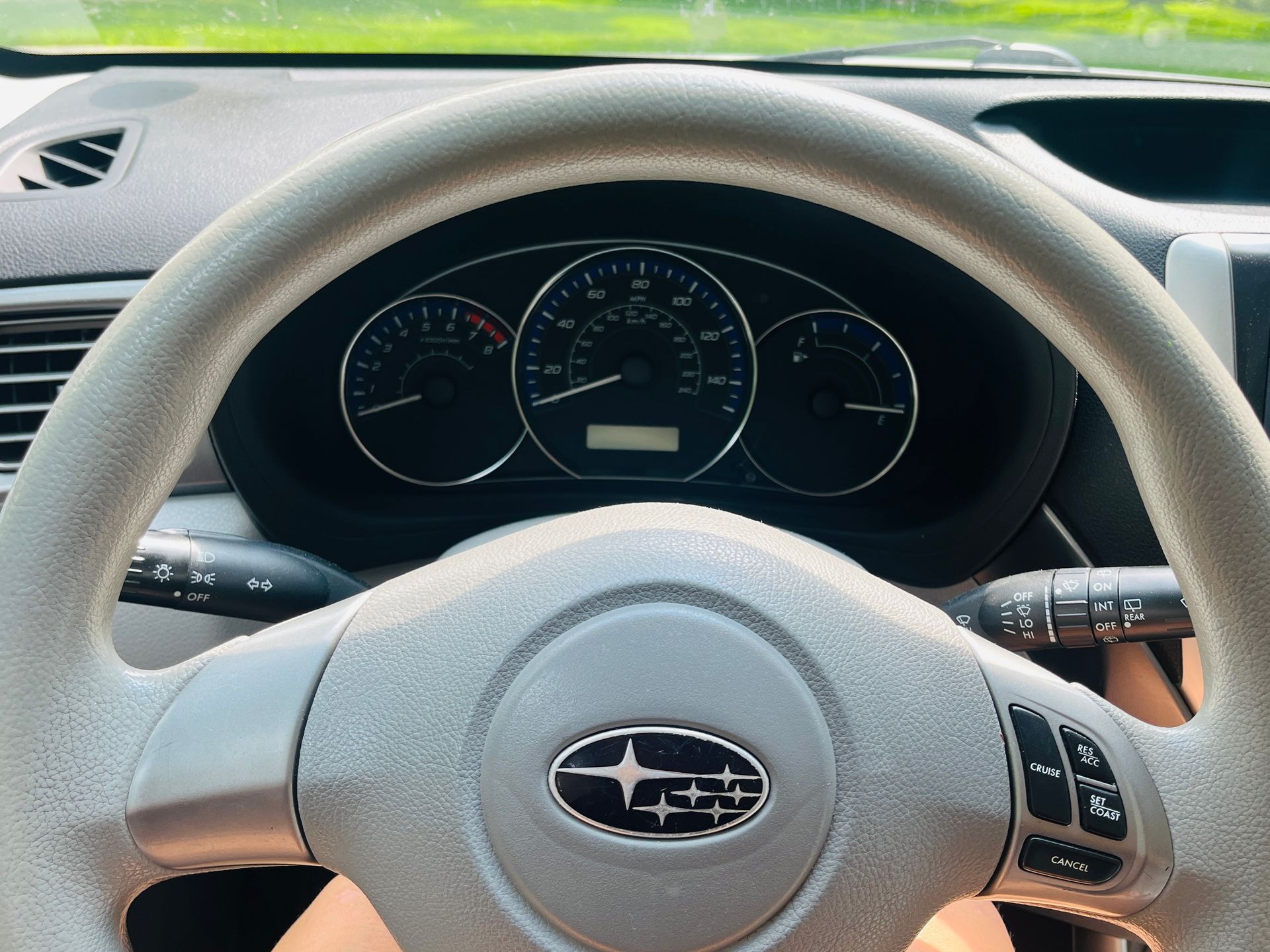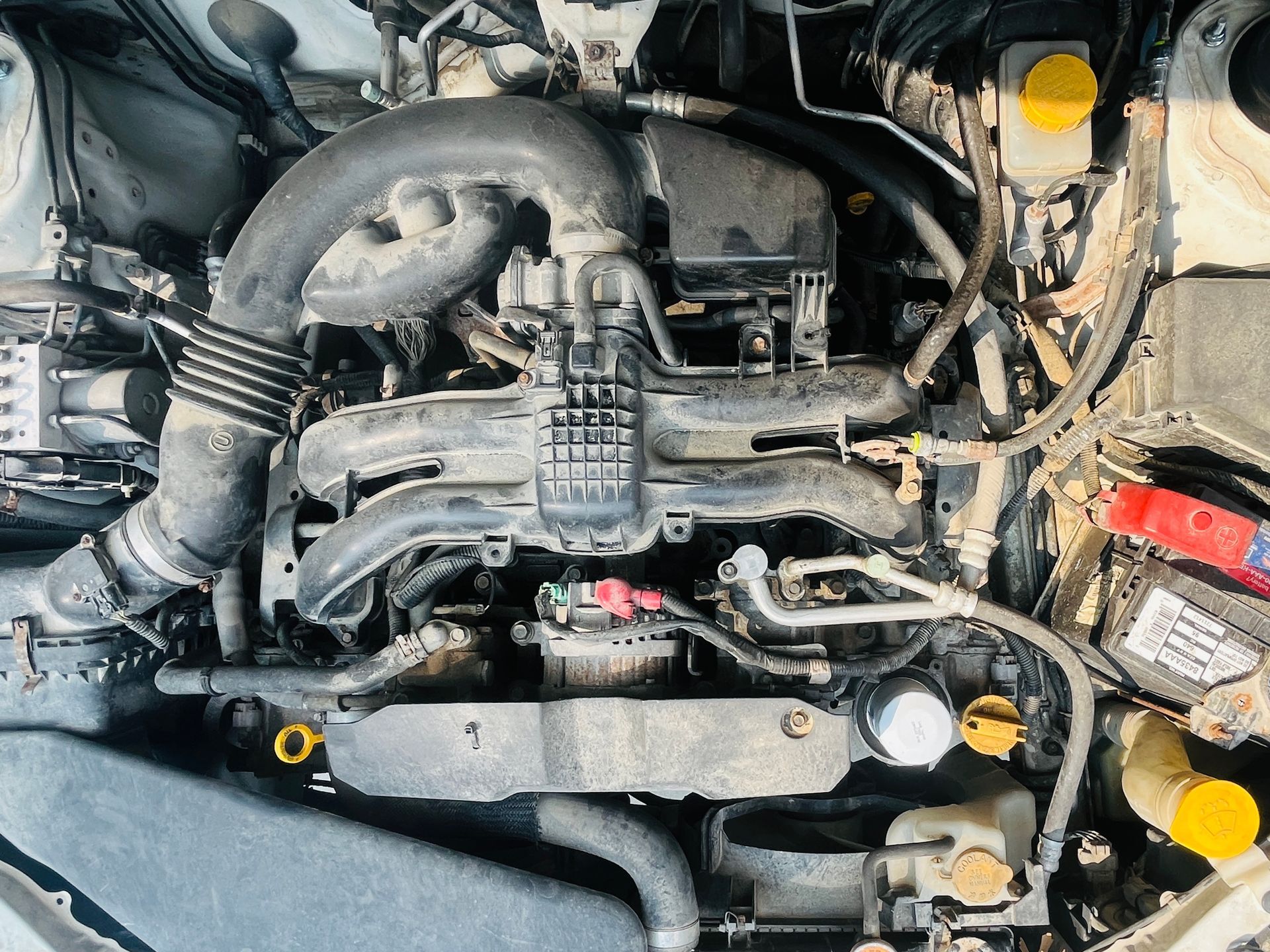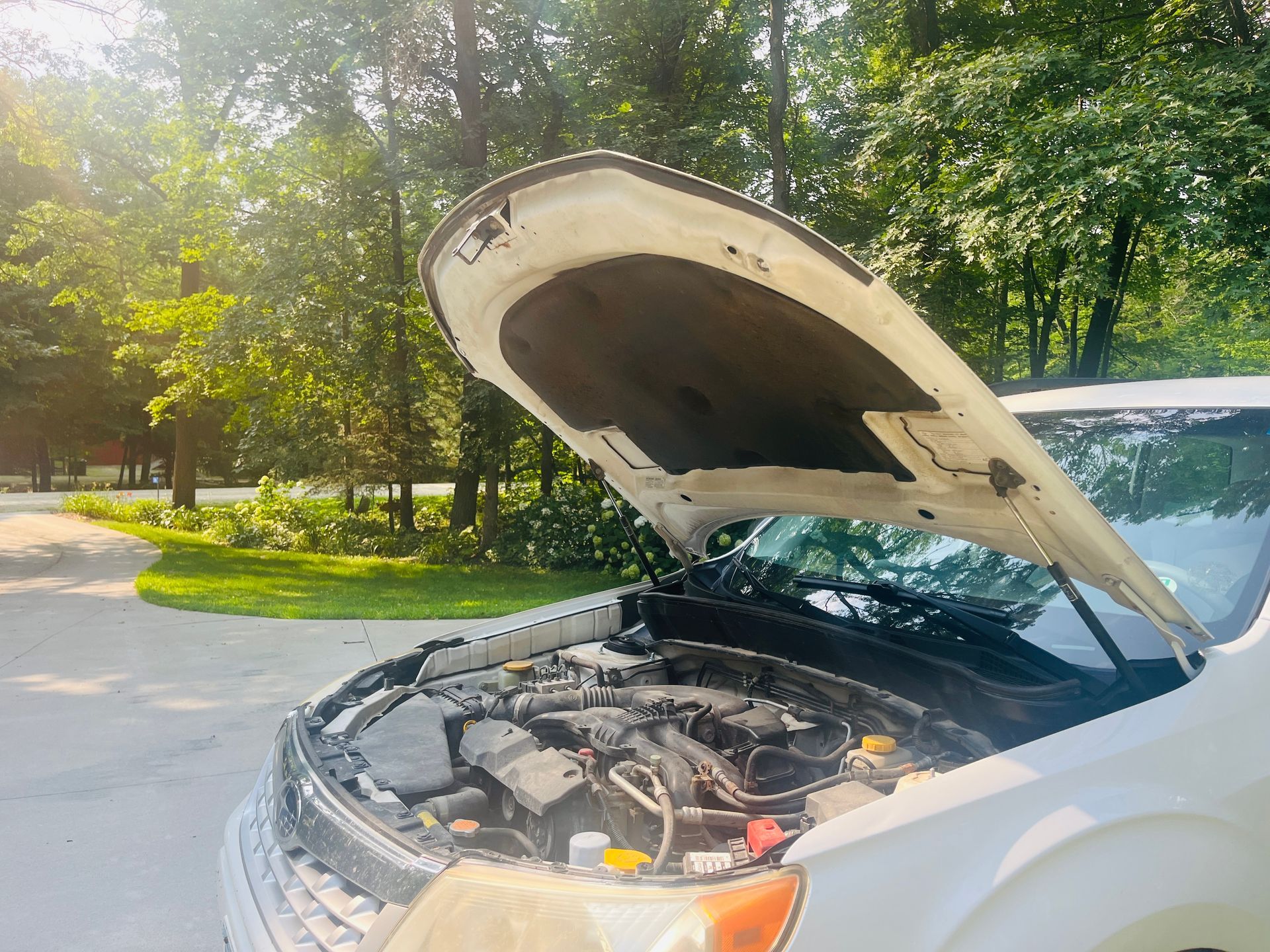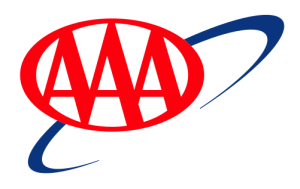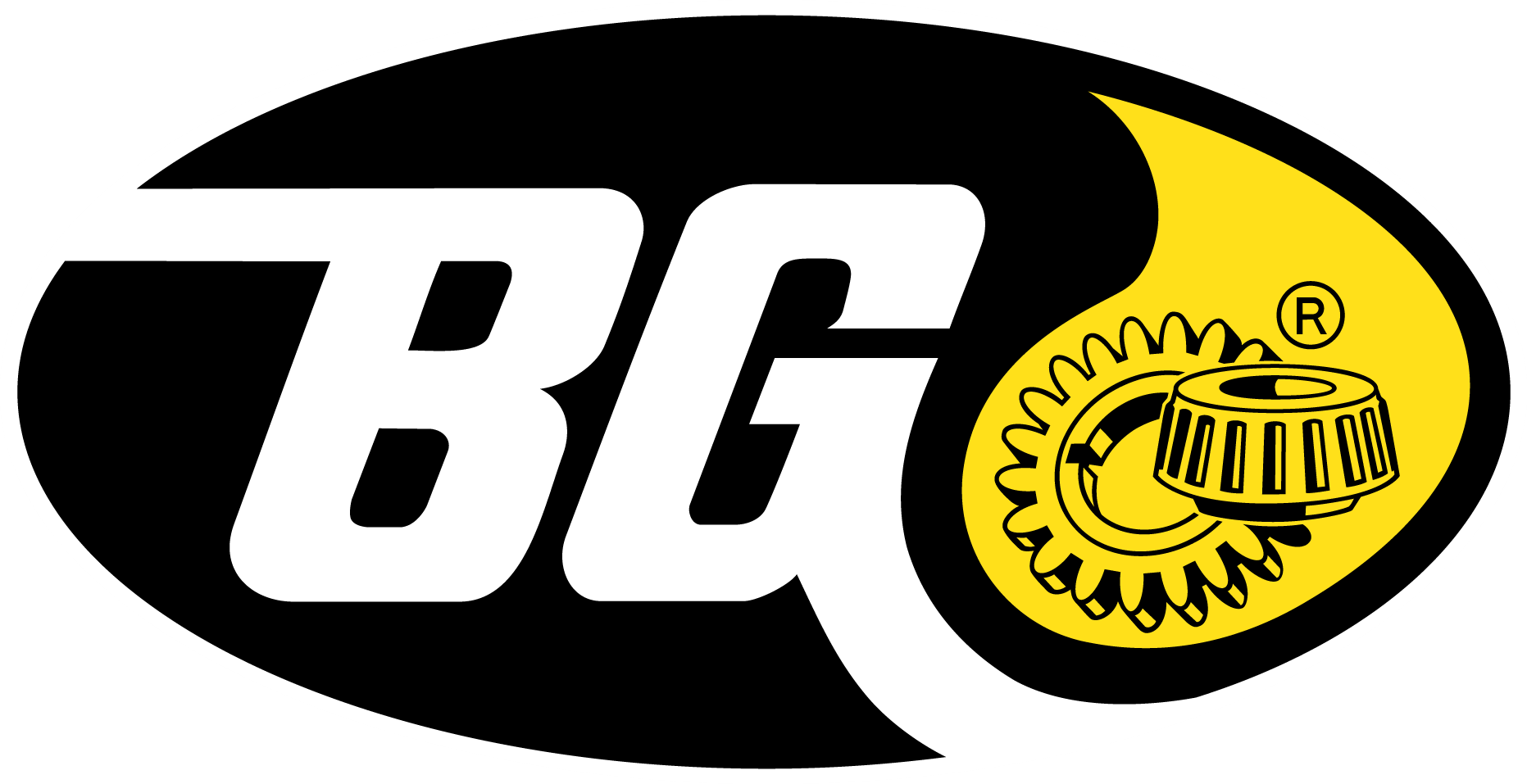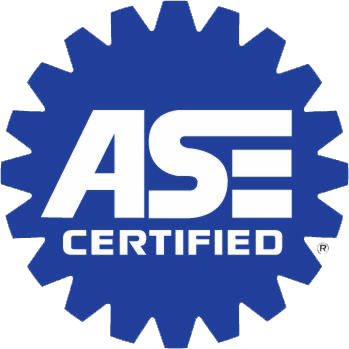PROPER WHEEL ALIGNMENT
January 5, 2018
Did you have a glorious holiday season? What was your favorite part? What was your favorite gift? Would you change anything if you could do it over?
This year we decided to surprise our kids and extended family with a trip to Casper, Wyo., to be with my husband’s family for Christmas — the first time in 17 years! The secrets we had to keep (and almost spilled) and the planning that went into it was worth the look on their faces when it was revealed. Instead of material things for Christmas, we got people and it was hands down the best Christmas ever!
If I could change one thing, it probably would have been the shoes I chose to take. As a frugal gal, my intent was to get everything we took into carry-ons and one large suitcase. I packed for the exact amount of days that we would be gone and nothing more. Because of weight and size requirements, I restricted myself to one pair of shoes: a cute but comfortable chunky-heeled “bootie” that went with every outfit I packed. What I didn’t account for was that I would have to trek from gate B11 to gate B91 in Denver that first day and that I’d have to wear those shoes around the house all day at my in-law because the floors were so cold. Have you ever worn heels 15 hours a day for six days? Don’t.
When I woke on Christmas morning, my back and neck were stiff and painful. It seems my cute shoes, obviously not meant to be worn all day long, had adjusted the rest of my body and caused me to be uncomfortable for most of our trip. The problem was I didn’t even figure it out until after we returned home.
What shoes are to a body, wheels are to your vehicle. If the alignment of your wheels is off, it often affects other areas of your vehicle — the tires, suspension, and steering and braking systems. And when these components are compromised due to misalignment, the outcome is often times negative: uneven tire wear, tension on suspension components, rough/unstable handling, decreased fuel economy, and an unsafe vehicle.
A wheel alignment can be categorized as preventative maintenance (as it needs to be checked periodically) as well as a repair (after new parts have been installed). When was the last time your vehicle’s alignment was checked? Do you do it as part of your maintenance program? Do you understand what an alignment does and why it’s important?
A friend of mine recently purchased new tires at our shop and we recommended a wheel alignment. With the added cost, she was skeptical that it would make much difference. But after driving her vehicle post alignment, she was so thrilled with how much better it handled that she immediately brought her family’s other vehicle in for the service. Following my discussion with her and talking with others on this topic, it quickly became evident that this service is often overlooked and misunderstood. So let’s dig into it a little deeper in order to reveal the importance and benefits of it.
The harmony between the road and tires on your vehicle is provided by the suspension system which is made up of chasis, steering components, shock absorbers, springs, linkages, and tires. Its job is to keep the tires in proper contact with the road for handling and safety while keeping your ride smooth and comfortable.
Over time, the suspension components can become worn and loose from normal use or can be jarred out of place from minor accidents, curb hits, potholes, and other unfavorable road conditions.
Sometimes there will be telltale signs that your vehicle is out of alignment, such as a crooked steering wheel, vehicle pulling one way, or uneven tire wear. If you notice any of these, be sure to schedule an alignment to correct any associated problem before the damage requires other services or replacement of components.
Because there may not be symptoms, it’s always a good idea to have your vehicle periodically checked for proper alignment at least yearly (maintenance service) as well as any time any component of the suspension system is replaced (repair service).
A proper alignment is done on an alignment rack where all four wheels are assessed by a computerized program. The manufacturer recommends precise specifications for all angles of the wheels that are measured in positive or negative degrees. If the angles are not within normal limits, the technician will adjust different suspension components or add bolts, shims, or new suspension components (if needed) that can be adjusted. These adjustments can take additional time to alter based on the type of vehicle, suspension components involved, and/or presence of rust.
If there is an issue with any of the suspension components in your vehicle, it may not be able to be aligned until the components are replaced — well, it could be aligned temporarily but because of the loose parts, it will lose alignment quickly so it would be a waste of money. Your best option for both your safety and others on the roadways is to replace the components as soon as you can and have the alignment performed.
Accurately aligned wheels with healthy suspension components let your tires track straight and true with optimal handling because the tires will have proper contact with the road surface. Furthermore, inclement weather driving will also be significantly improved by allowing the tires to gain maximum traction on slippery road surfaces.
May you roll straight and safe in the New Year … just like my friend who now enjoys safer, better handling, extended tire/suspension life, and improved fuel economy. And may you learn from my mistake — heeled shoes, cute and comfortable as they may be, are likely to cause your body to be misaligned if worn all day long — causing other problems just like a misaligned vehicle.
